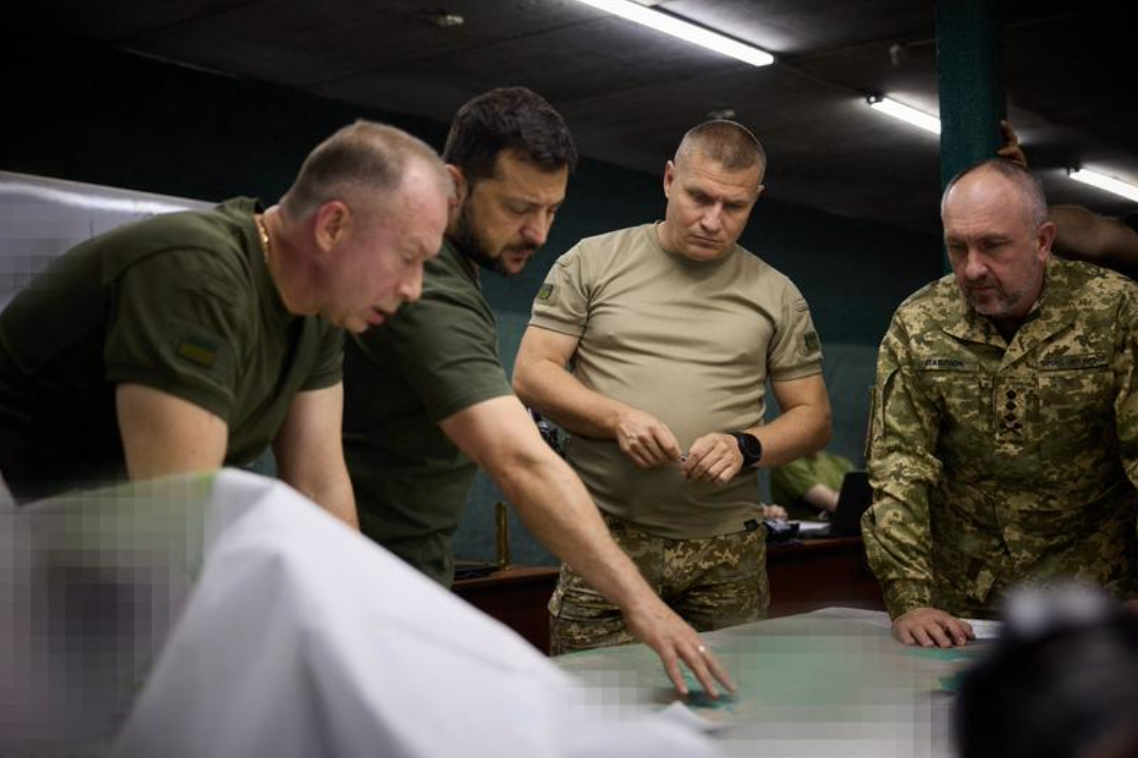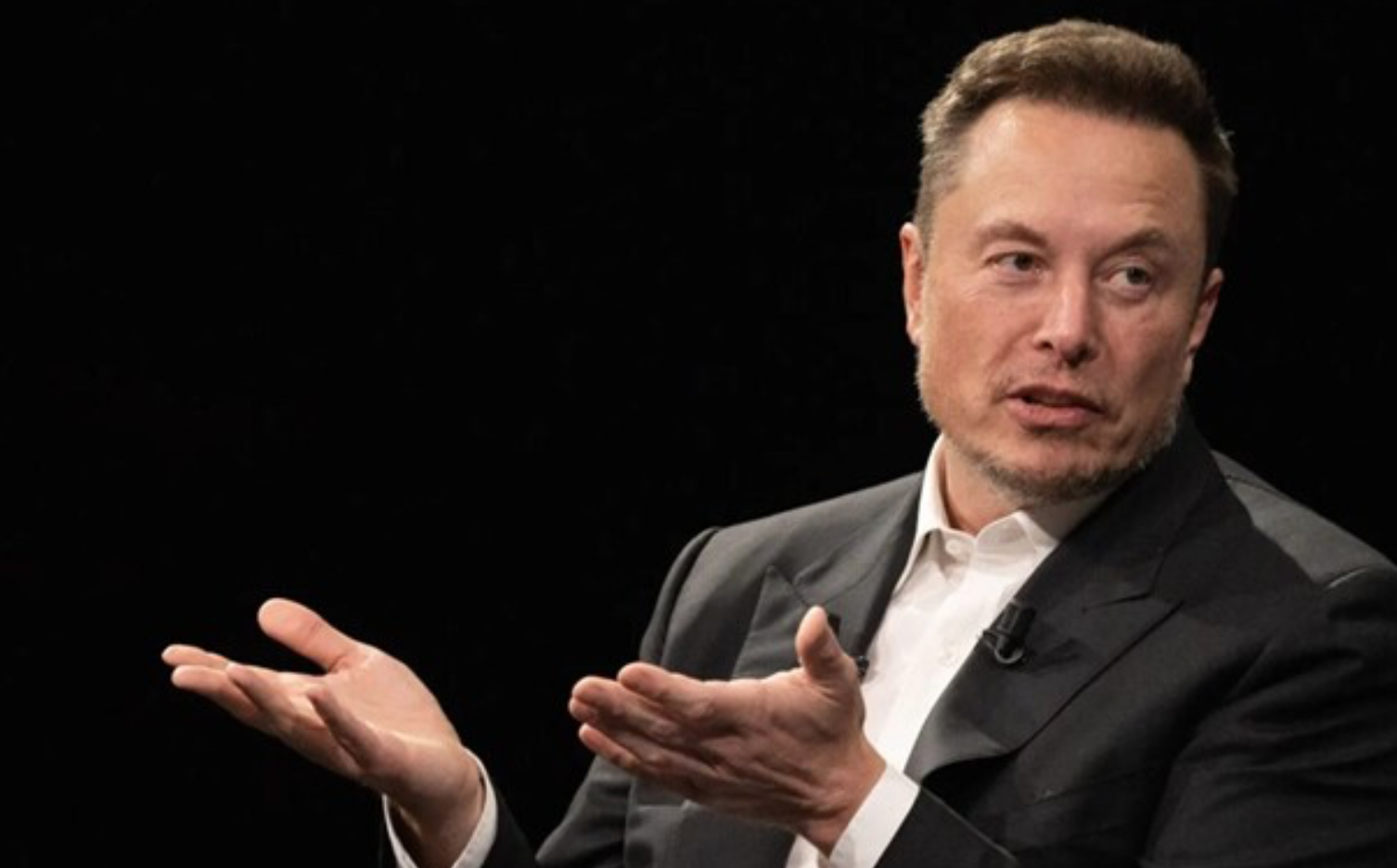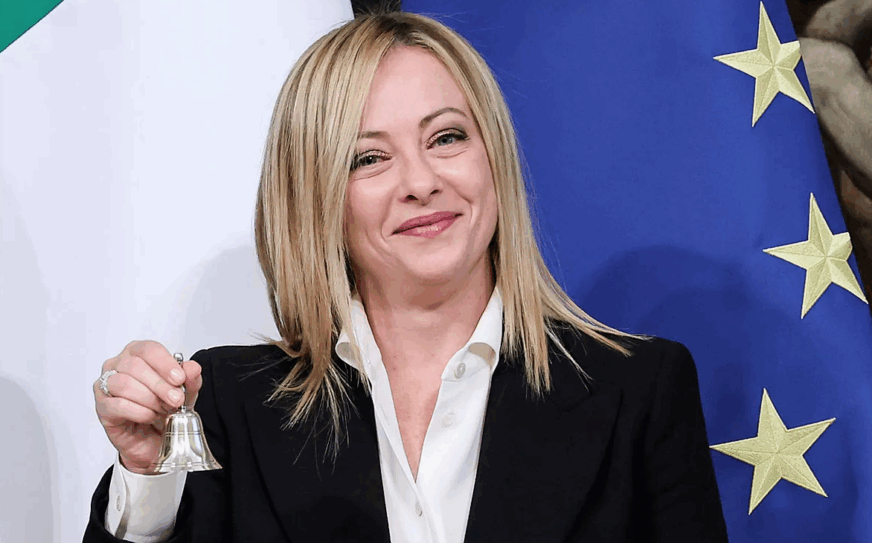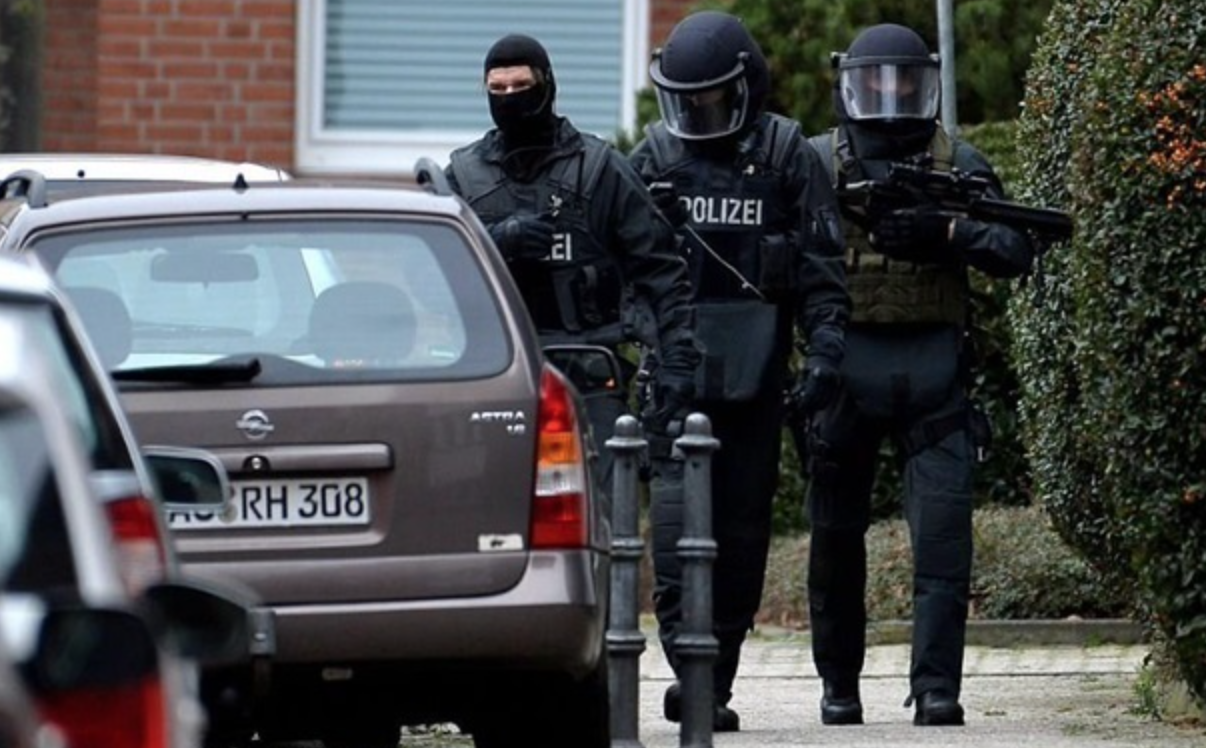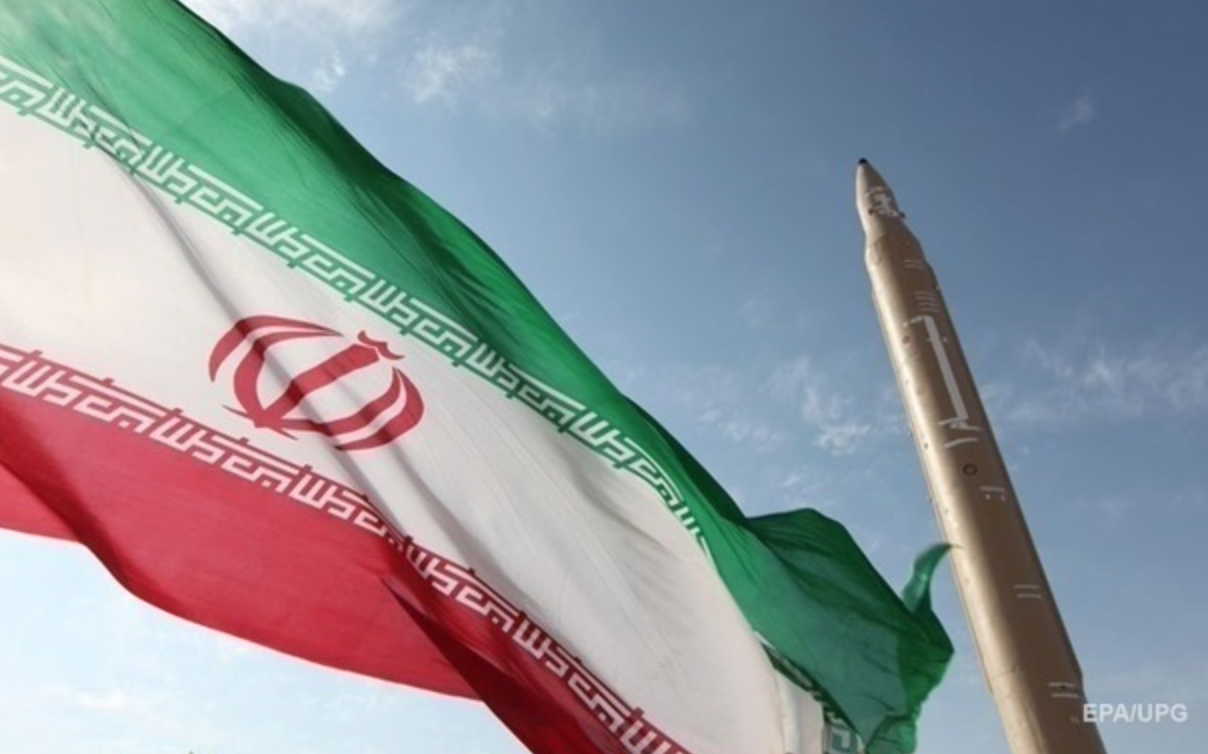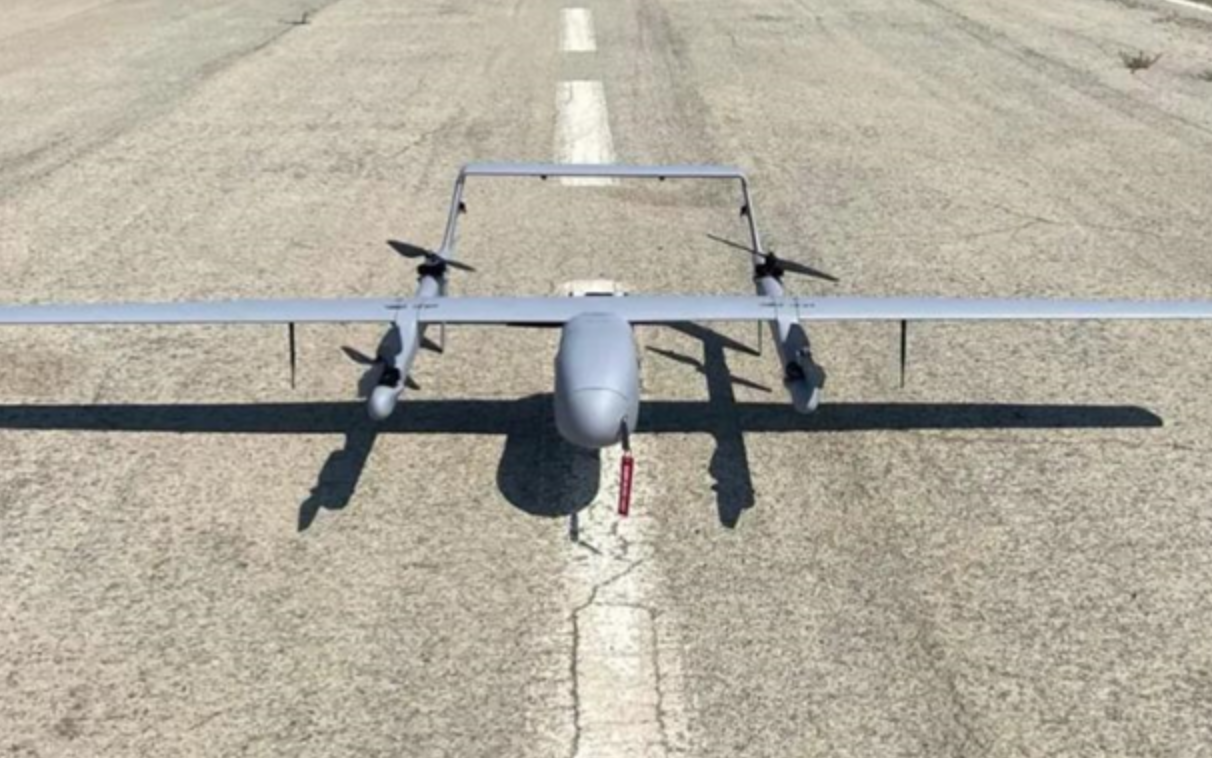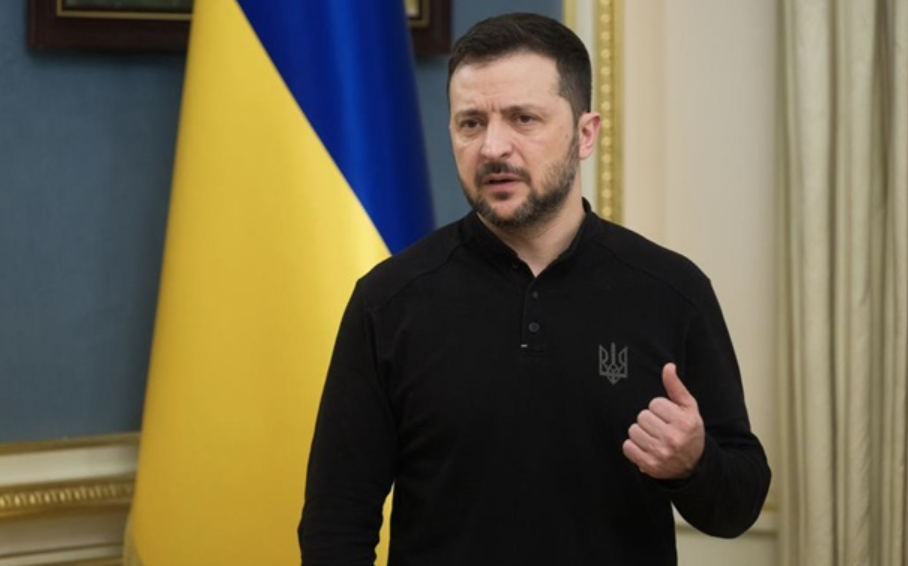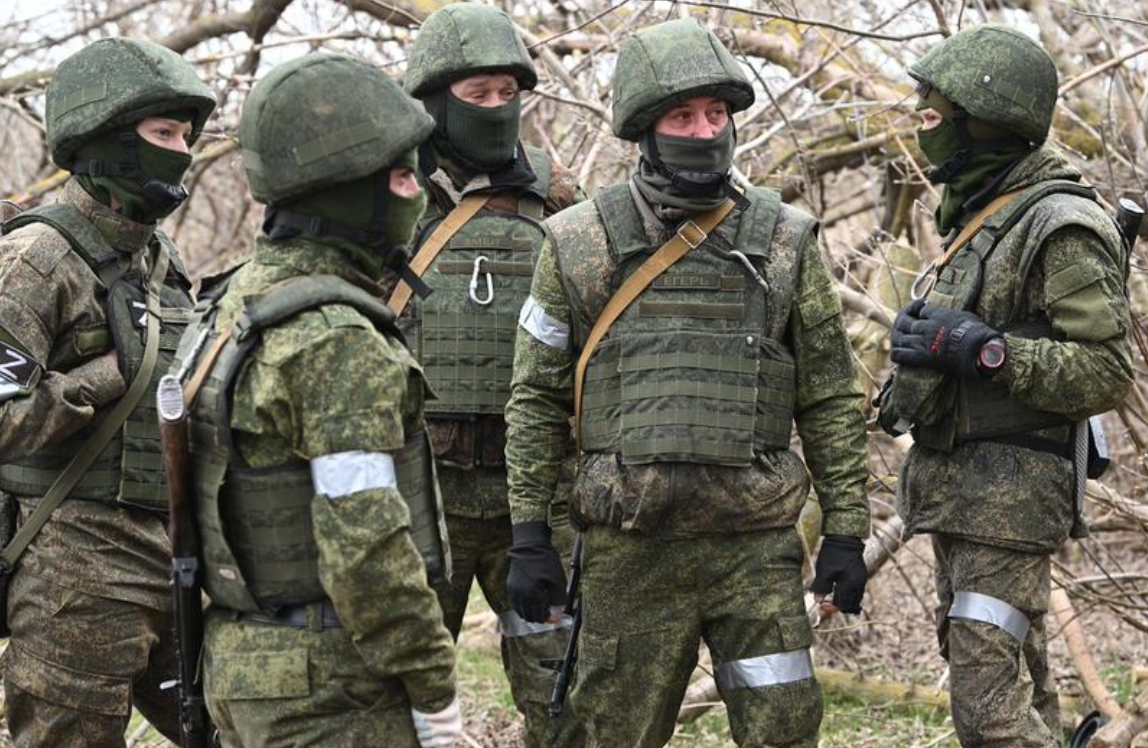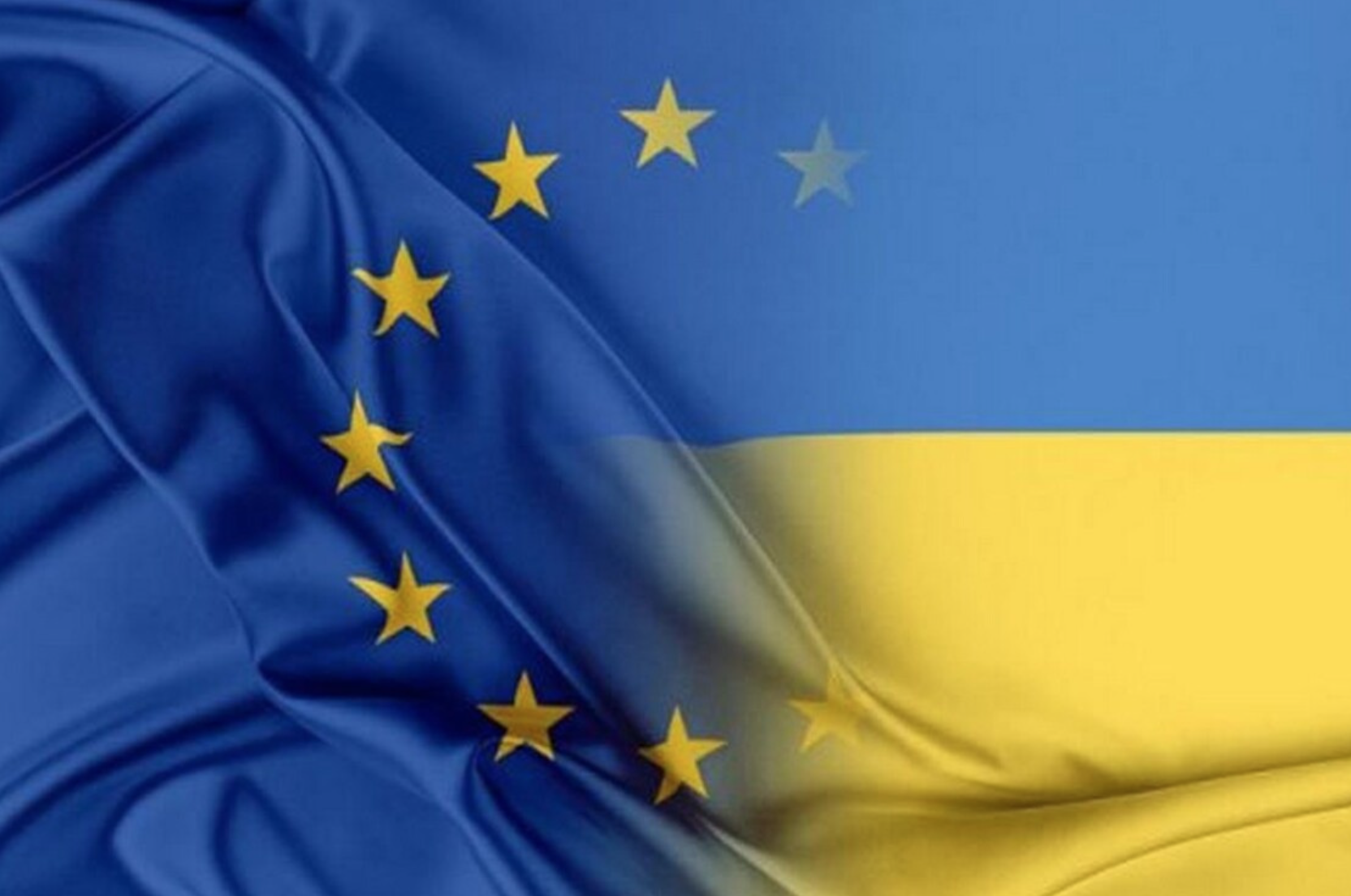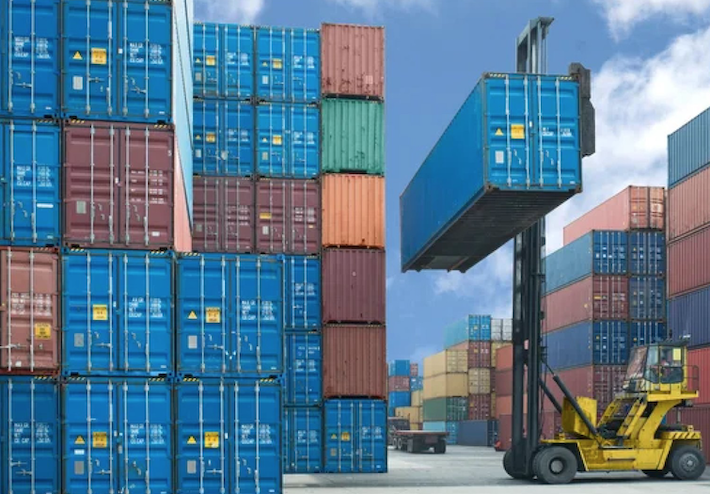Photo: Depositphotos
24 April 2025 – US President Donald Trump and his administration have stepped up pressure on Ukraine, demanding that President Volodymyr Zelenskyy accept the US peace proposal, which effectively gives Russia all the territories seized during the war and blocks Ukraine’s accession to NATO. This was reported by The New York Times.
The American plan and Ukraine’s reaction
According to reports, the US proposal envisages freezing the front line at its current positions, official US recognition of Russia’s annexation of Crimea in 2014, and denying Ukraine the prospect of NATO membership. President Zelenskyy has strongly rejected the plan, saying it contradicts Ukraine’s Constitution and violates the country’s sovereignty.
“There is nothing to talk about. This is our territory, the territory of Ukraine,” Zelensky said.
In response, Trump called Zelenskyy “hot-tempered” on his social media page and accused him of dragging out the war, which he said was a “killing field”. Trump also said that Russia is ready for a deal, and the main obstacle is the position of the Ukrainian president.
The position of the Trump administration
While in India, US Vice President J.D. Vance said that the United States could “walk away” from the peace process if Ukraine and Russia do not accept the US terms. Vance stressed that in order to end the war, both sides must “lay down their arms” and freeze the conflict on the current lines.
“The front lines, or something close to them, will be the new borders in this conflict,” Vance said, adding that both Ukraine and Russia will have to give up some territory.
Reaction of Europe and the international community
Ukraine’s European allies have expressed concern over the Trump administration’s actions, accusing it of changing its position in favour of Russia. According to European diplomats, Trump is likely seeking to normalise relations with Moscow by considering lifting sanctions against Russia and signing energy deals with President Vladimir Putin.
The Minister of Economy of Ukraine Yulia Svyrydenko stated on the X platform: “Ukraine will never recognise the occupation of Crimea. We are ready to negotiate, but not to surrender”.
Changes in American politics
Trump is also taking steps that indicate a shift away from his previous support for Ukraine. In particular, he disbanded the units in the US State Department and the Department of Justice that were investigating Russia’s war crimes, including the massacre in Bucha. In addition, the US has limited arms supplies to Ukraine, although intelligence sharing has been partially resumed.
Negotiations in Europe
In parallel with US pressure, European countries are trying to support Ukraine. Last week, a peace conference was held in Paris, and on 23 April, technical talks began in London with representatives from the UK, France, Germany, Ukraine and the US. However, US Secretary of State Marco Rubio, who had previously supported Ukraine’s sovereignty, unexpectedly cancelled his participation in the London talks, which caused concern among European partners.
Kremlin spokesman Dmitry Peskov welcomed the US mediation efforts, noting that Russia is ready for dialogue, but that “many nuances” still need to be discussed.
What’s next?
If Zelenskyy does not give in, Trump threatens to cut off US support for Ukraine. “The situation for Ukraine is critical. It can have peace or fight for three more years to lose the country,” Trump wrote.
Despite the pressure, Ukraine continues to insist on a fair peace process. Head of the Office of the President of Ukraine Andriy Yermak, who arrived in London, said: “Despite everything, we continue to work for peace.”
Increasing pressure from the Trump administration is putting Ukraine in a difficult position: accept terms that give Russia a large part of its territory or continue to fight, risking the loss of American support. At the same time, European partners are trying to prevent Ukraine’s isolation, but their efforts are complicated by unilateral US actions.



